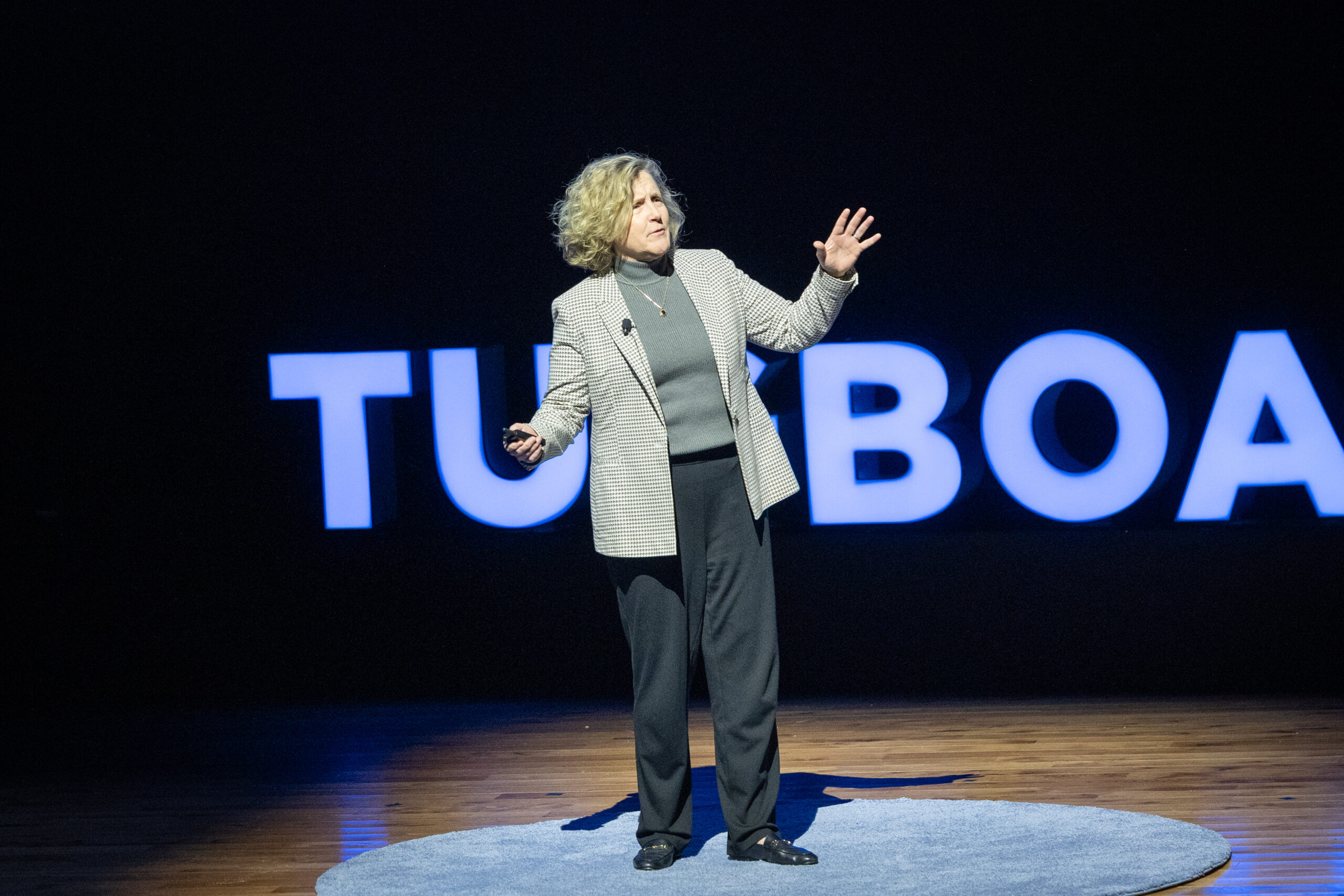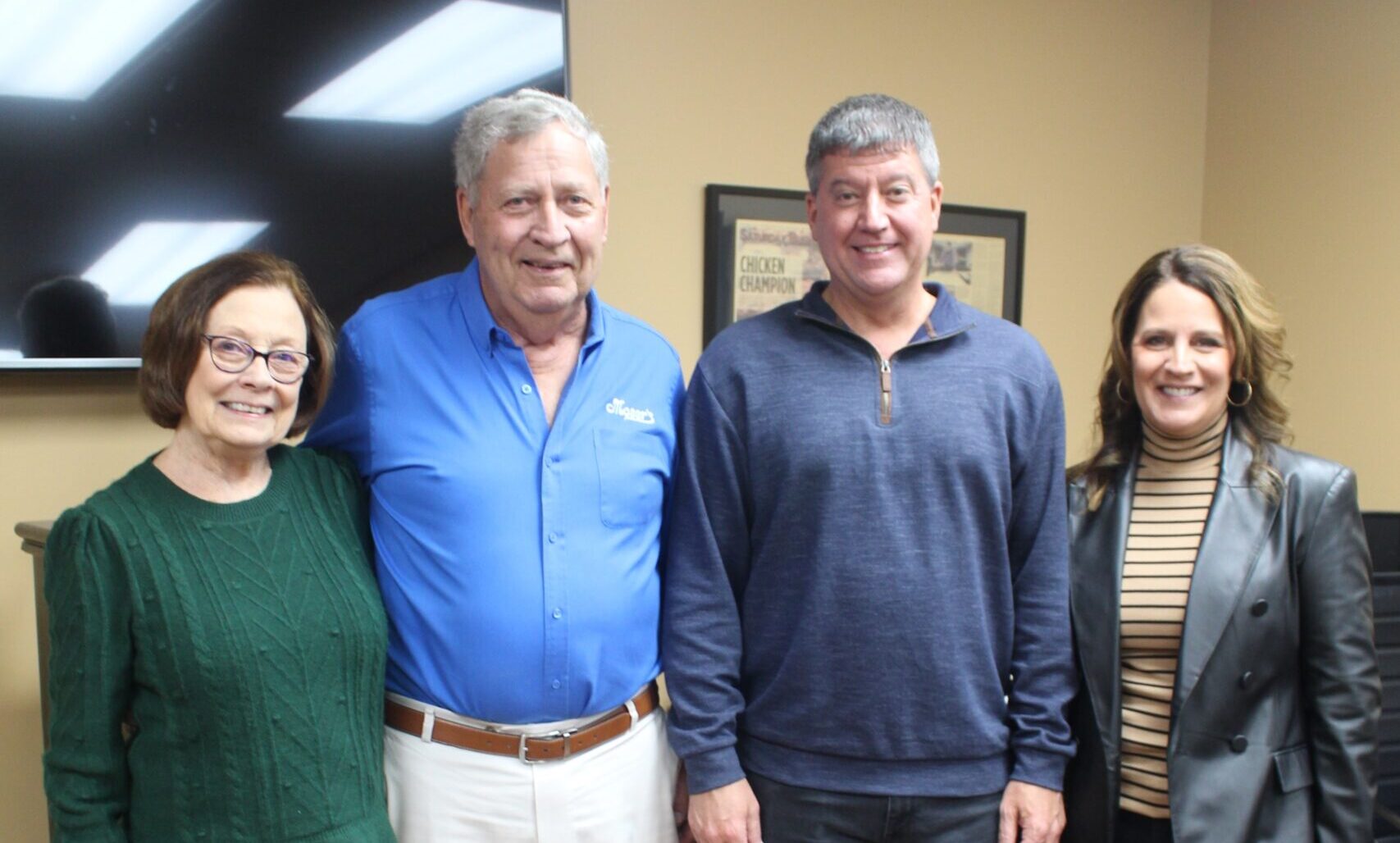

From Venture to Growth Company
- Jessica Rovello
- Arkadium
[A note from Tugboat Institute: Please note the postscript at the end of this article, in which the author comments on the connection of this topic to the impact of the COVID-19 pandemic.]
Kenny Rosenblatt and I started Arkadium in 2001 out of our apartment. Like many bootstrapped start-ups, we initially had no titles or processes—we just did what we had to do to make great games. But as our company grew, so did our scale of distribution and our number of employees.
Over the course of 15 years, we became great at building an inclusive, exciting culture alongside standout products. In 2016, we were recognized as Inc. Magazine’s “Best place to Work” in the U.S. By 2018, we had over 100 employees distributed between offices in New York and Russia. Our business was humming in many ways, but there was one thing that wasn’t quite right.
Kenny and I were so busy with our business strategy over the years that we didn’t put much thought into our organizational strategy. Our organizational structure just evolved over time. We knew that it wasn’t optimal. As we had grown, the “machine” driving our success started to show signs of strain. Kenny and I recognized that our organizational structure was becoming a constraint to further growth.
Specific Problems
To validate our concerns and expand our understanding of the issues, we surveyed our leadership team. And we got an “earful” of problems, the root cause of which was our organizational structure!
Authorities and accountabilities: One common theme was a lack of clear authorities and accountabilities. Key initiatives, like an update to our game platform, had no “owners.” Within multi-departmental project teams, it wasn’t understood who was in charge. This confusion sometimes led to finger pointing, despite our tightly knit culture. And it often fell to Kenny and me to resolve problems, make technical decisions, and coordinate the teams.
Misaligned priorities: Another common concern was misaligned priorities. Engineering teams independently decided the balance between R&D, new development, and maintenance of current products. Even though they were often interdependent, their priorities differed. So, when they went to look for help from others, their needs often fell to the bottom of others’ “to do” lists.
Silos: These difficulties with the team caused people to avoid teamwork, and instead work as independent “silos.” Some kinds of expertise were replicated in each silo, and there was no standardization across departments, which further impeded sharing and synergies.
Disempowerment: It wasn’t clear who had the authority to make decisions. Everyone had a say in everything, and the multiple voices often drowned out the advice of the real experts. No one was empowered with all the authorities and accountabilities to run each internal line of business.
Gaps: Some critical functions were just plain missing. For example, there was no reliable channel of communication from customers back to developers. No one was focused on understanding our customers’ industries. No one was responsible for planning (other than Kenny and me).
Lack of focus: Staff cried out for clear boundaries: “owners” of every initiative; bosses who understood their disciplines; elimination of the obstacles to teamwork; more empowerment; and viable career paths.
No Bureaucracy!
All these problems added up to a clear message: Organizational issues were getting in the way of team performance and the company’s growth. The time had come to address our organizational structure, but Kenny and I didn’t want to create a rigid bureaucracy. Our entrepreneurial culture was (and is) essential to our success.
This seemed to us to be a conundrum: How do we mature as a company and define accountabilities and authorities (clear boundaries) while maintaining our culture, engendering cross-boundary teamwork, and empowering our talented staff?
We also knew we needed a scalable organization—a structure that would not just grow as the company grew, but one that would drive that growth. We had no interest in restructuring every few years as the company grew.
We had one more concern: Our culture is collegial. We wanted to engage our leadership team in any structural change process. But how could we avoid endless debates over opinions or a political free-for-all?
Picking the Right Approach
I knew it would be a bad idea for Kenny and me to simply sketch a new organization chart, or to gather our leadership team to make something up. There had to be other companies that had dealt with these growth challenges. There had to be some sort of science of organizational design.
I began reading up on organizational theories. Most of what I found was unsatisfying. Finally, I came across a book that resonated with me: N. Dean Meyer’s Principle-Based Organizational Structure. Meyer described an organization where every group was defined as a business-within-a-business—just the sort of entrepreneurial culture we intended to cultivate. His framework of lines of business within organizations provided a map for identifying what goes where, what’s missing, and how the different functions work together.
He laid out clear design principles, modeling an engineering approach to structure that I knew my team would appreciate. These principles, Meyer said, provided a basis for a fact-based, participative process.
Beyond just the organization chart, Meyer also defined a method of forming cross-boundary teams with clear individual accountabilities and a clear chain of command within each team. I was never a fan of rigid “business process engineering.” We needed to be flexible and dynamic in combining our various skills on teams. So, his teamwork method really made sense for us.
And like the icing on a cake, he described a step-by-step design and implementation process that was well thought out and tested. It looked like a lot of work; but every step made sense and was necessary. It was almost a cookbook.
I contacted Meyer and spent a day with him, studying his approach and brainstorming how it could apply to Arkadium. The more I understood Meyer’s approach, the more convinced I became that this was just what Kenny and I were looking for.
The Change Process
Under Meyer’s guidance, we engaged our entire leadership team throughout the change process.
The first step was his “Rainbow Workshop” wherein the leadership team studied Meyer’s definitions of the lines of business that exist within organizations and how those definitions applied to us. Then we color-coded our existing organization chart to indicate which lines of business were under each leader.
The chart ended up being a little too colorful and revealing. The causes of our concerns quickly became evident. Teams were pursuing multiple, and often conflicting, lines of business. Accountabilities for many lines of business were scattered all over. And a number of lines of business were missing.
Then, Meyer led the team through a collaborative process of designing a new organization chart. In addition to the firm principles and clear language, our leaders really liked the notion that every group is an empowered entrepreneurship, chartered to serve customers elsewhere in the company or externally (or both). And the open, participative approach was really motivational, and fit well within our culture.
Of course, putting names into the resulting boxes was up to Kenny and me. But even there, Meyer encouraged team participation. Everybody had a chance to discuss their careers with us and tell us their preferences. Having some say in their destiny added to the team’s commitment and enthusiasm.
Meyer’s process doesn’t stop with a new organization chart. As he points out, if our processes of teamwork are not working really well, we’d just revert back into independent silos of generalists rather than teams of just the right specialists. And if accountabilities for results within teams aren’t clear, teamwork will just create more confusion and tension.
So, the next phase of the process focused on what Meyer calls “walk-throughs.” We looked at example after example of our projects and services. And for each, we used Meyer’s principles to decide which group was the “prime contractor” accountable for the entire result, and which other groups would serve as “sub-contractors” delivering components or supporting services to the prime.
This businesslike approach to teamwork further reinforced our entrepreneurial culture. And as a method of team formation, it allows us to be very clear about individual accountabilities and the chain of command within every team.
Meyer encouraged us to openly communicate with all our staff at each phase of the process. This, too, fit well with our collaborative, respectful culture. And it really helped with change management.
When the leadership team had practiced enough walk-throughs to really understand how the new organization chart would work, we were ready to “go live.” Meyer guided us through the myriad details necessary to prepare for the big day, including assigning all our staff and vendors to groups (again done collaboratively with the leadership team).
From the first workshop to go-live took us around 10 months. I know this sounds like a long time to be working on a restructuring. But all the planning paid off. Every leader understood his/her new job as running a small business within a business, and they all had a common understanding of how actual work would get done in the new structure.
After go-live, Meyer’s approach included a meticulous migration process which ensured that we moved all accountabilities to the right groups in the new organization, with no “dump and run” or missed commitments.
Results to Date
Since we deployed our new structure, we’re already seeing dramatic benefits: projects are taking less time to complete, employees are reporting a much greater understanding of both their responsibilities and professional growth path, and groups are much more regularly utilizing each other’s strengths
Bottom Line
This restructuring was a big investment for us—mostly consisting of the amount of leadership time we put into the process. But it was truly transformational. Before, everybody had an entrepreneurial mindset, as is appropriate in a venture like ours. Now, everybody really is an entrepreneur running their own small business within our business.
Now, teamwork across structural and geographic boundaries is working great. And Kenny and I rarely have to step in to resolve issues. Also, the design is completely scalable as we continue to grow and diversify. I don’t expect we’ll need another restructuring for a very long time.
For all these reasons, Kenny and I are confident we now have an organization that will drive growth for decades to come.
By the way, I think that Kenny and I have grown as leaders as a result of this process. We’ve always been very conscious of our culture. But now we understand organizational dynamics, and we see our role as creating a great company where everybody (not just us) drives our strategies, our operational excellence, and our growth.
Jessica Rovello is CEO and Co-Founder of Arkadium.
Postscript 09.29.2020
When I hear that a company is “re-orging,” I tend to roll my eyes. So, it was with deep skepticism that we entered into our own company re-organization two years ago. Reflecting back post-COVID, I‘m even more grateful that we took the time and attention to thoughtfully contemplate our organizational structure when we did. Having clear roles, accountability, and alignment company-wide was not only a lifesaver for us as we navigated working from home, but it has proven to be a catalyst for our business. Our teams are working smarter and more efficiently than they ever have before, and we have our restructuring to thank for a lot of that success.
More Articles and Videos

Both/And Thinking: Harnessing the Positive Potential of Tensions
- Marianne Lewis
- Carl L. Linder College of Business, University of Cincinnati

Leading Through Uncertainty – Tugboat Institute® Summit 2025
- Jackie Hawkins
- Tugboat Institute

Get Evergreen insight and wisdom delivered to your inbox every week
By signing up, you understand and agree that we will store, process and manage your personal information according to our Privacy Policy




